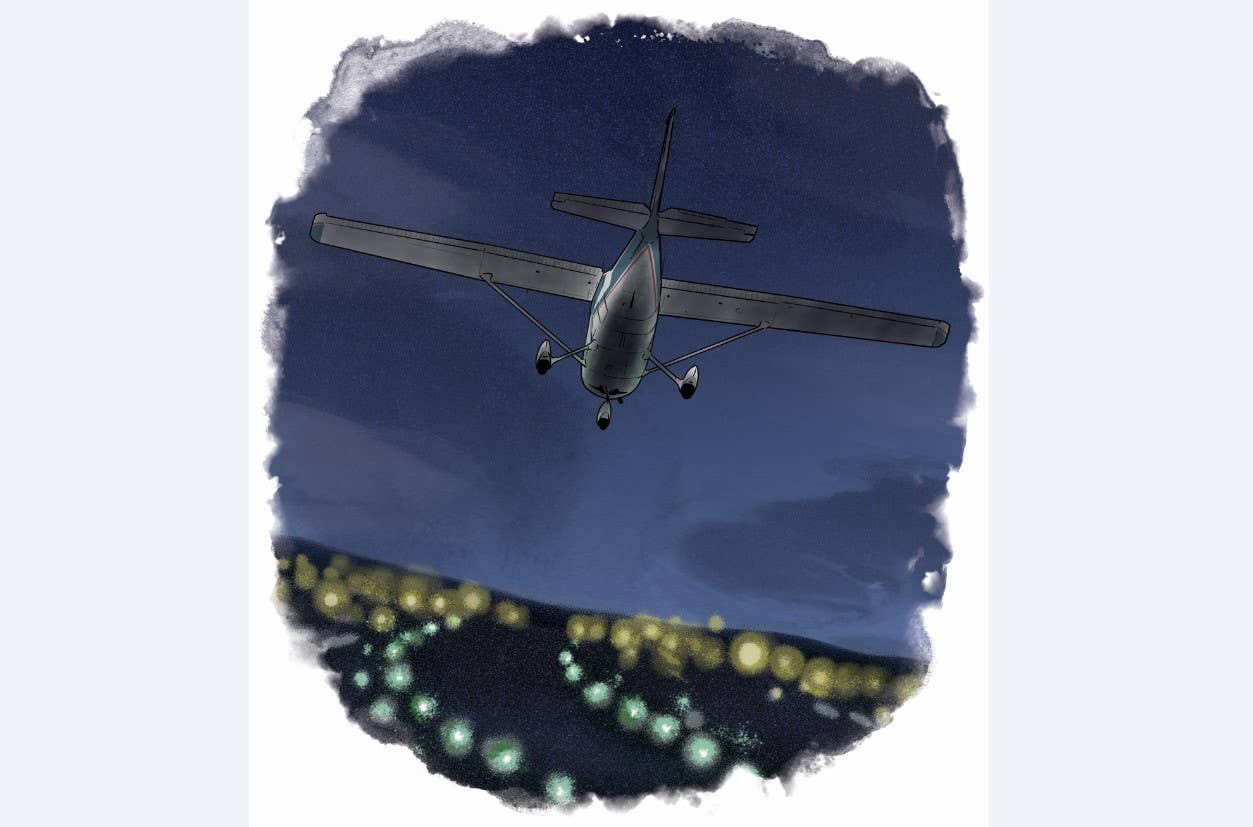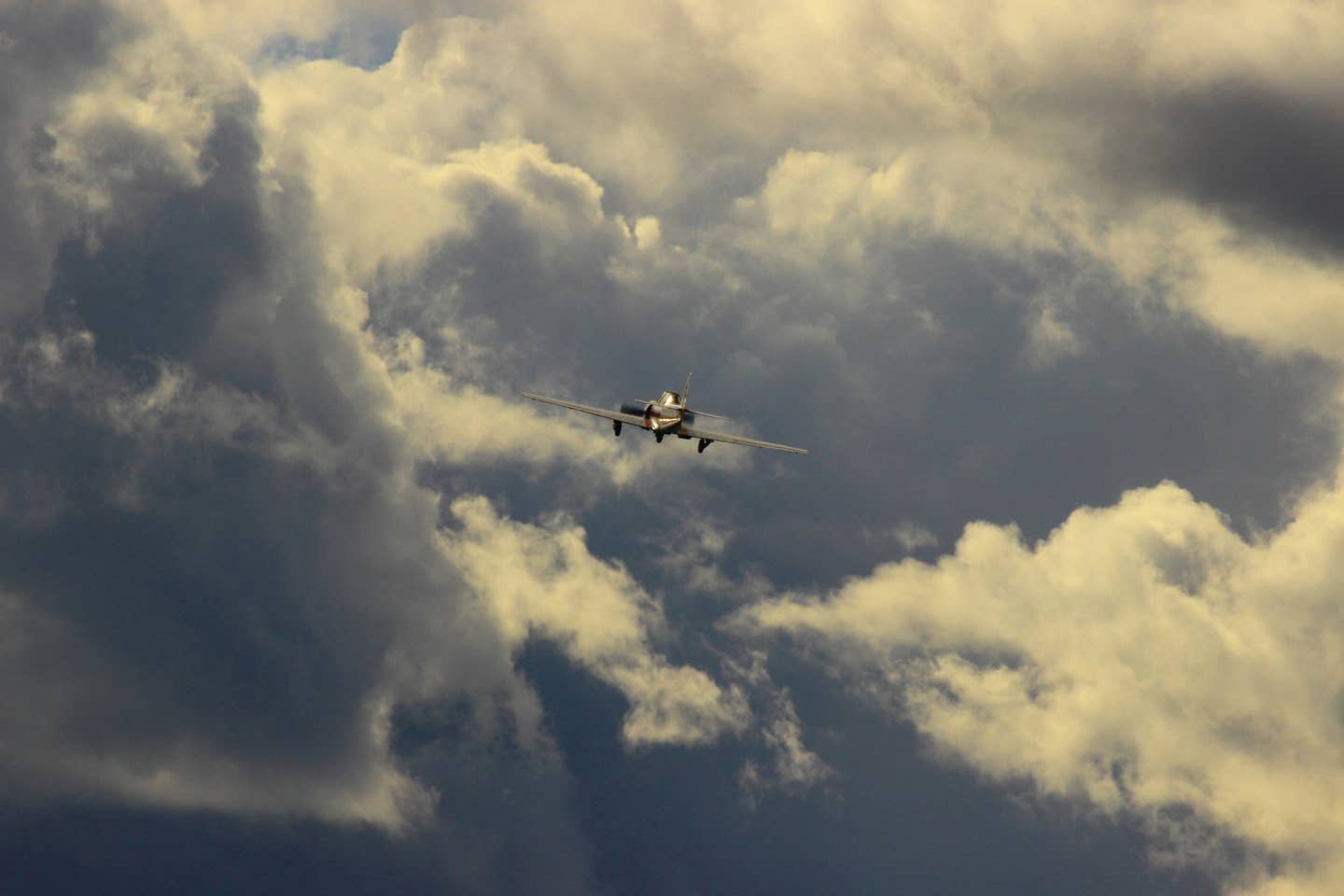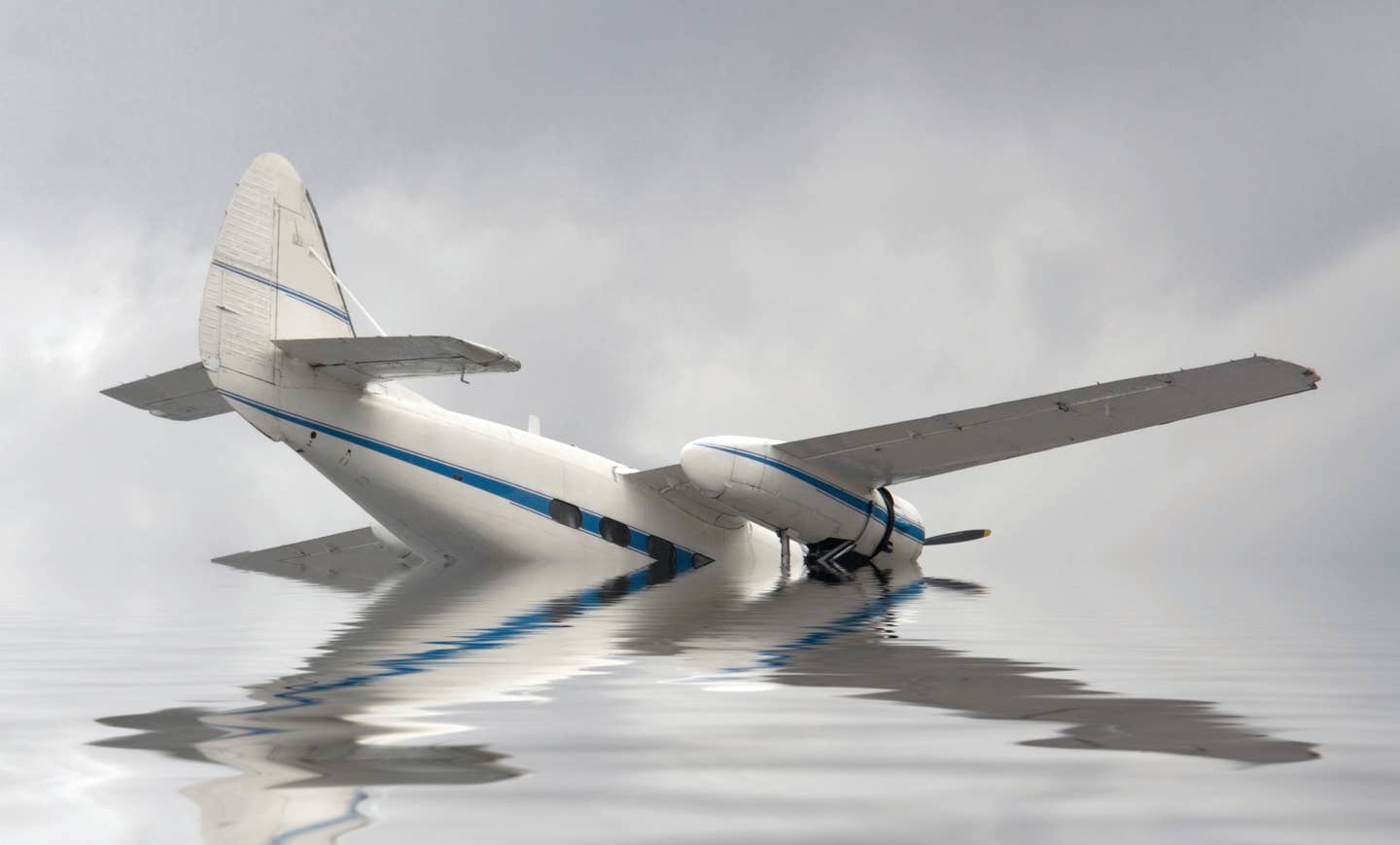Need for Pilots Should Not Take the Place of Passion
Keeping the fire burning is an important aspect of pursuing an airline pilot career.

Despite the growing need for more pilots, it is vital that airline companies don’t lower hiring standards—as has been accused—and put marginally qualified new hires in their cockpits by maybe thinking experience will ‘fix’ the problem. [iStock]
A good friend—a well-known, longtime aviator and author of books and aviation columns (alas, for another magazine)—told me he had attempted to write something about the glorious obsession many of us have with airplanes and flying…often from childhood. But despite chewing on it for a long time, he finally gave up—saying it just wouldn’t “come together.”
Fearless when it comes to busting into places where other—often more competent—flyers and writers are reluctant to go, I decided to give it a try. After all, who has more firsthand knowledge of what happens when this very real, deep-rooted part of us is sabotaged by events such as a denied medical or insurance, a financial problem, or even something as weird as flying under a bridge? (And, no, I didn’t turn my transponder off!)
If you're not already a subscriber, what are you waiting for? Subscribe today to get the issue as soon as it is released in either Print or Digital formats.
Subscribe NowIt can’t be “genetic.” After all, there were no powered airplanes until 120 years ago and, for many years after Wilbur and Orville figured it out in 1903, few people flew or owned one. Then, beginning with ex-World War I flyers who became the daredevil barnstormers and mail pilots of the 1920s and ’30s and feats of Lindbergh, Earhart, Post, and other household names, publicity and interest grew. In the years following World War II, a bunch of “little” airplanes appeared that were simple enough that almost anybody could learn to fly. And aviation was more accessible, affordable, and hugely popular.
Sporty’s Pilot Shop founder Hal Shevers told me one time, “Marf, we lived through the ‘Golden Era of General Aviation.’” And he was right. The 1950s, ’60s, and ’70s were the glory days before airplane prices exploded—as did tomes of onerous regulations and complex airspace restrictions—and insurance requirements, maintenance costs, and manufacturer liability issues mushroomed. Sadly, it was those liability issues and an unacceptable accident rate that began to choke private and small business aviation in the ’80s and ’90s.
But the die-hards stayed with it, forming flying clubs and partnerships, buying and renovating old airplanes, or building experimental models themselves. It was costly, but their obsession made them find a way.
- READ MORE: Let Me Tell You About Tom
Now there’s a desperate need for pilots. With that comes the danger of “enticing” applicants who lack the deep-seated desire and passion but are beguiled by the salaries and prestige that go with being an airline pilot. Flight training schools and universities are eager to enroll students who qualify for generous scholarships— some from the airlines themselves. Others are attracted by the ease of borrowing huge sums to complete “fast-track” training with the promise of an interview and likely a job in the right seat of an airliner. What isn’t advertised is that flight training dropout statistics average 80 percent.
A genuine interest in and aptitude for flying airplanes is a huge blessing for those becoming professional pilots. Despite the growing need for more pilots, it is vital that airline companies don’t lower hiring standards—as has been accused—and put marginally qualified new hires in their cockpits by maybe thinking experience will “fix” the problem.
Flight schools advertise that you’re guaranteed an airline interview by successfully completing their “fast-track” programs. They’ll guide you through the process of logging 1,500 hours of flight and simulator time. Simply sign up, pay something close to $100,000, pass an FAA medical, get a student certificate, and take the dual for solo and solo cross-country signoffs. You’ll learn enough in ground schools to pass the FAA knowledge exams and log enough time and have the skill to pass a private pilot check ride. Ditto for the instrument, commercial, multiengine, and CFI certificates and ratings. And they assure you this can be accomplished in “only seven months.” Then you instruct for the school, earning between $15 and $50 per hour until you accumulate the necessary 1,500 (or, in some cases, 1,200) hours to apply for the right seat with an air carrier. All this is possible in two to three years with no guarantee of actually being hired…and not living in your parents’ basement.
One major carrier has pledged that 50 percent of its new hires will be “people of color and females.” Its program offers scholarships from the Latino Pilots Association, National Gay Pilots Association, Organization of Black Aerospace Professionals, Professional Asian Pilots Association, Sisters of the Skies, and Women in Aviation International. It is hoped that making the training available inspires young people—regardless of sex, color, ethnicity, people who may never have had the opportunity to learn about aviation—to embrace the training. That’s laudable, so long as it doesn’t exclude anyone.
A retired airline pilot friend commented: “Anyone who remembers the Colgan [Air] crash at KBUF [Buffalo, New York, in 2009] should understand the significance of airlines hiring qualified pilots. That accident was a ‘perfect storm’ of pilot incompetence, management failure, weather, and other factors causing the deaths of a planeload of people. Aviation is inherently dangerous, and when incompetent pilots are given the controls of an aircraft filled with people, the situation becomes an accident waiting to happen.”
Here’s a poignant quote from an article in FLYING Magazine in July 1953: “Ten-thousand articles have been written about the ebb of aviation enthusiasm and activity in the land. Apathy to aviation is just one of many indications that 20 years’ education that ‘the world owes me a living’ has wrought havoc with our individual spirits. We babble about Social Security and prate in terms of masses and promise ‘extended benefits.’ …It means we’ve had a flameout of the fire that molded us and gave us power. We’ve stopped running to meet life because that takes faith and courage and pride.”
It was written by no less a personage than Gill Robb Wilson, one of the magazine’s founders and editors, and a World War I combat pilot in France, devoted patriot, founder of the Civil Air Patrol, writer, and poet (and, curiously, a Presbyterian minister). I think his comments apply to young men and women today who look upon aviation training and airline flying as a quick road to success, prestige, and security.
I recently took Theo, a neighborhood kid, up in the Cessna 180 because he’s crazy about aviation and airplanes. Theo is intelligent and amazingly knowledgeable because he reads everything in sight about airplanes and pilots. He’s just beginning high school but, when I asked him if he’d thought about college, he named a large “degree plus aviation training mill” in Florida. I suggested maybe he think about a degree in engineering, business, or whatever at a good college while learning to fly “the old-fashioned way” and then instructing to learn and build time. He’s wired for an airline career, and he’ll make it—with the passion for it well in place.
This column first appeared in the November 2023/Issue 943 of FLYING’s print edition.

Subscribe to Our Newsletter
Get the latest FLYING stories delivered directly to your inbox







